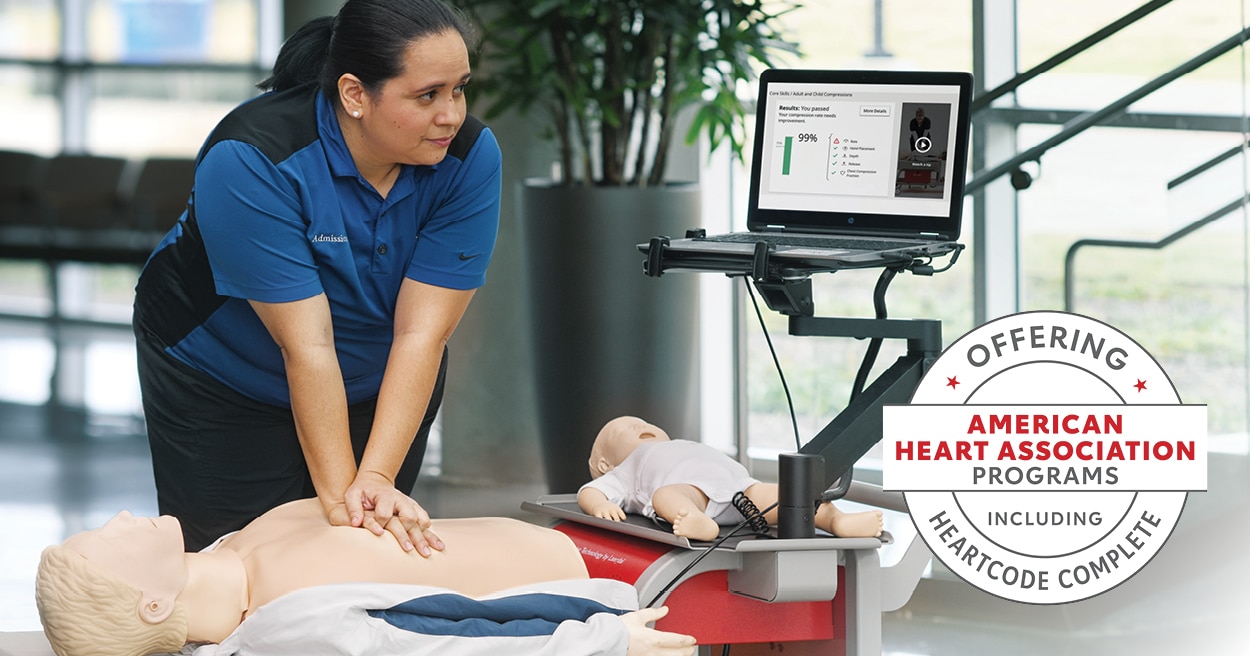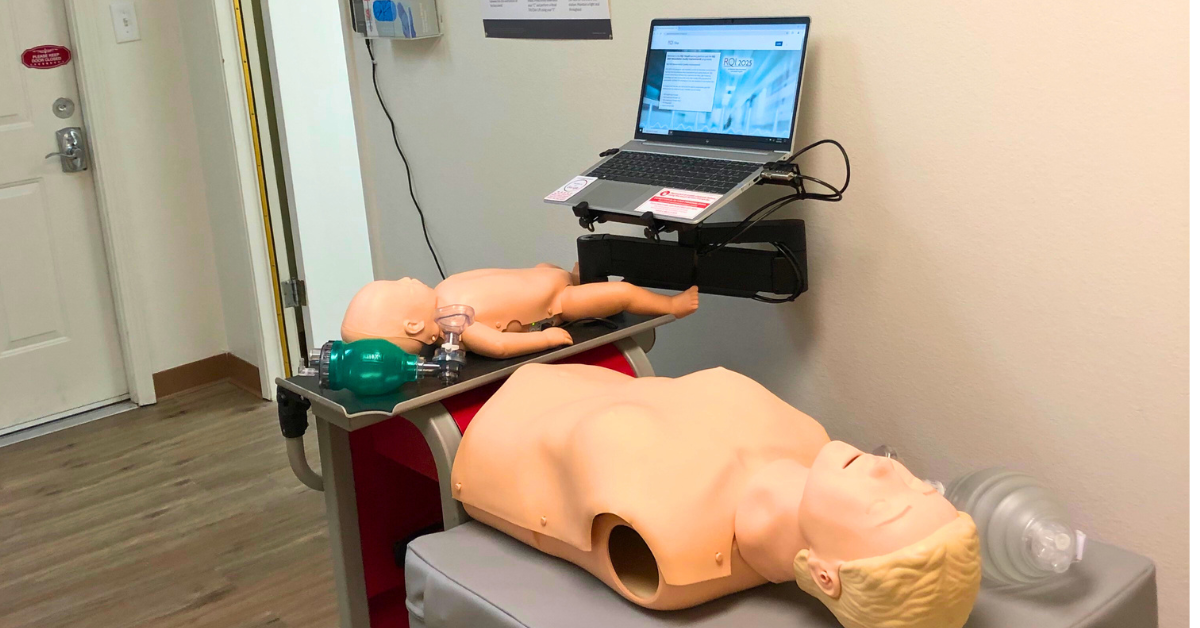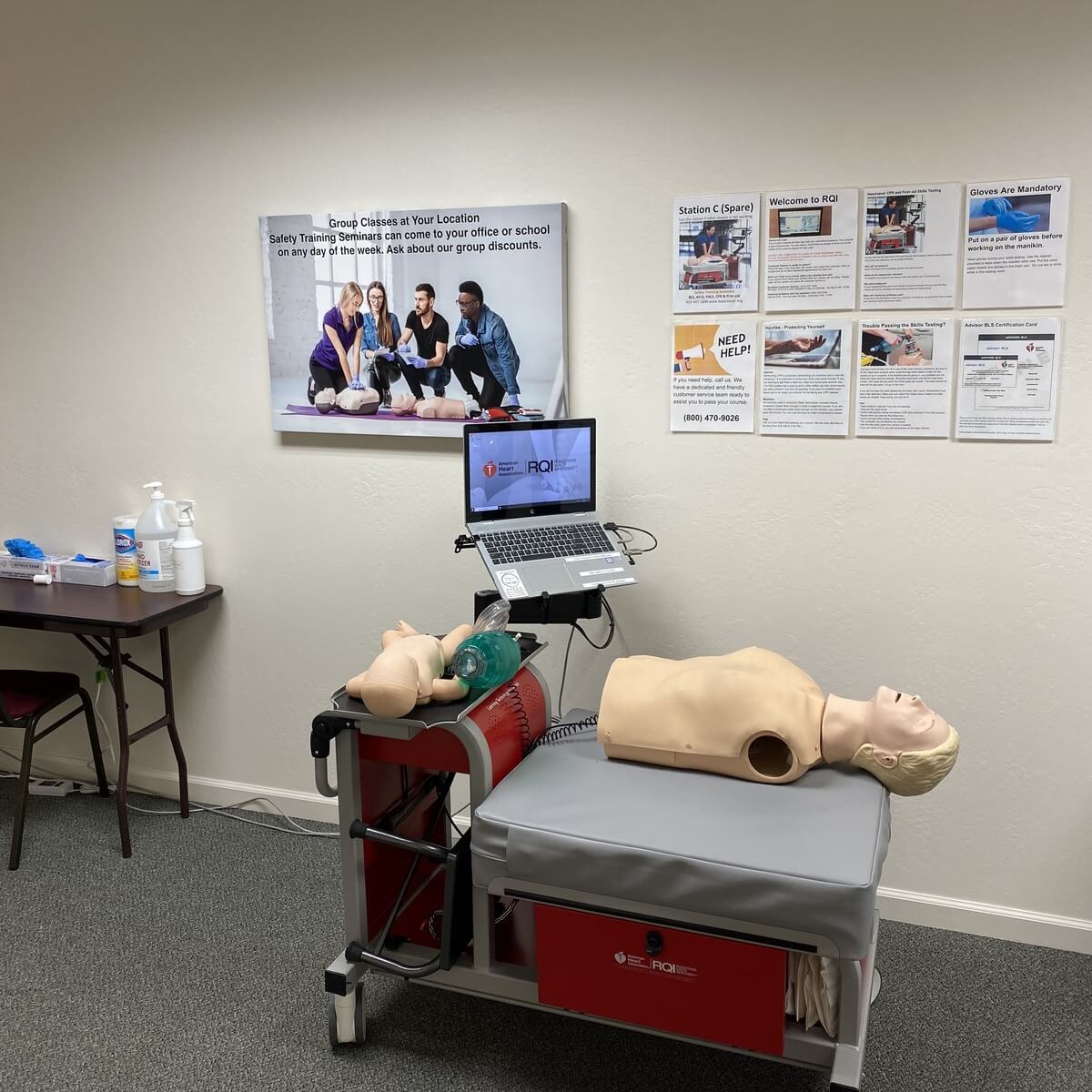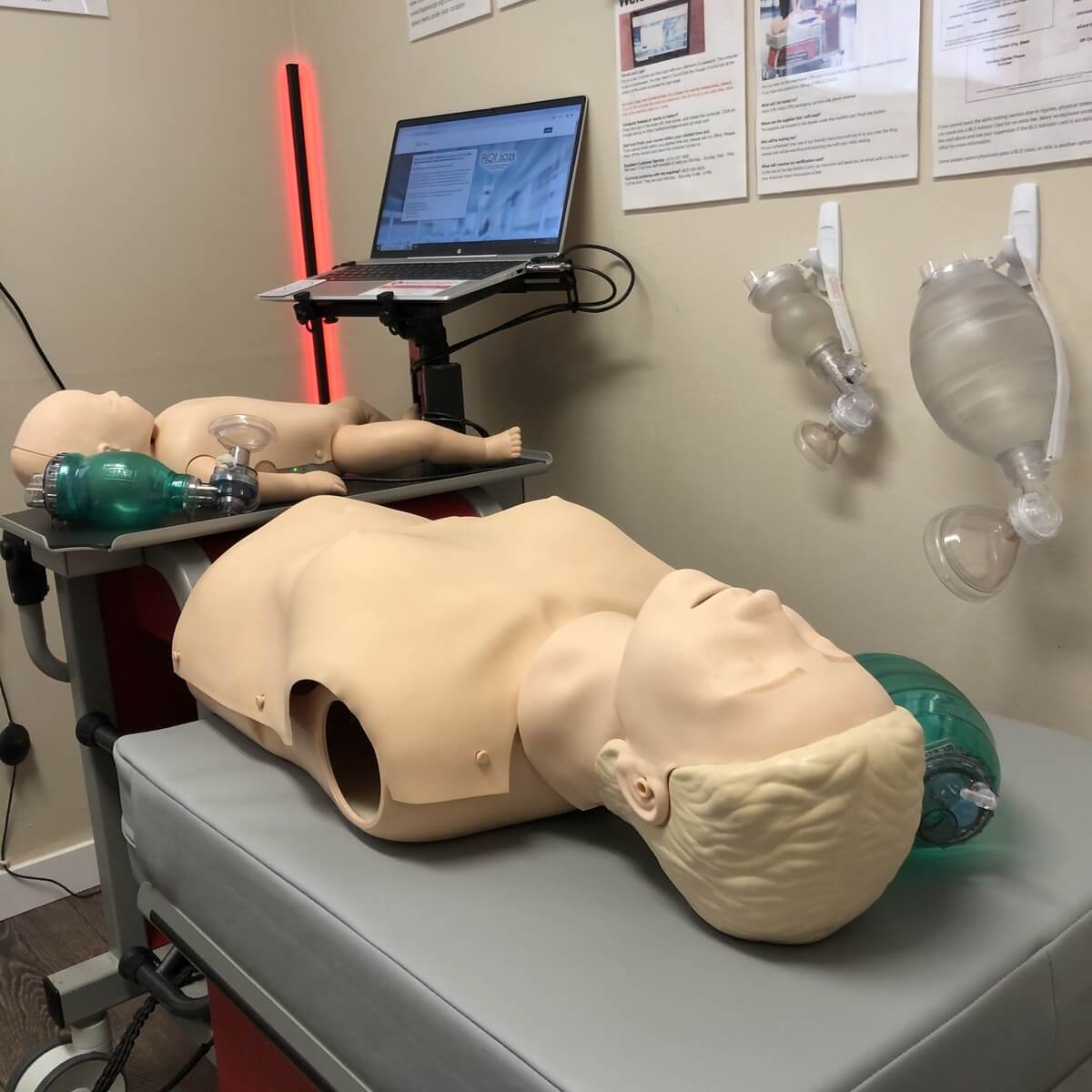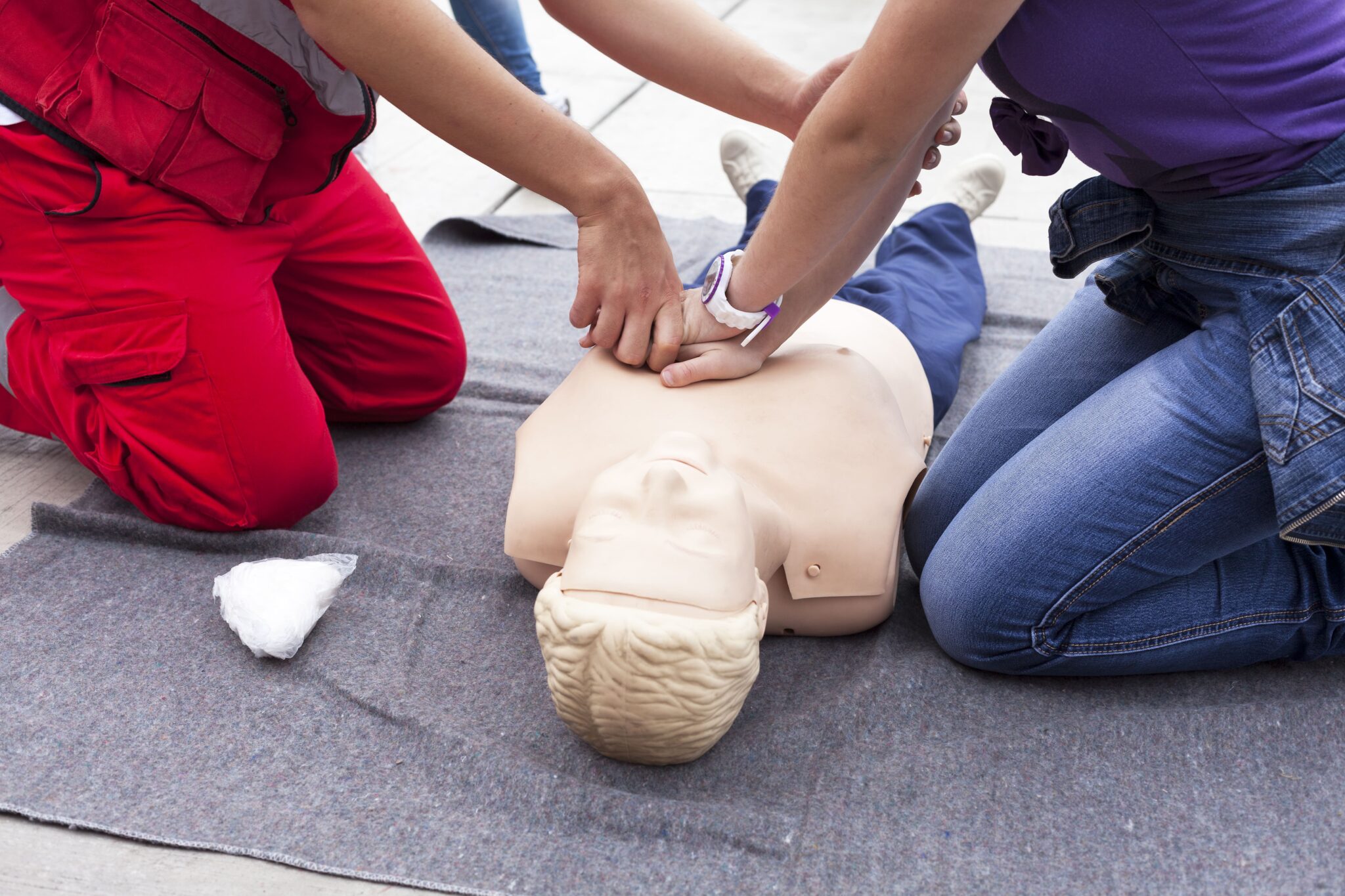When emergencies strike, every second counts. Whether it’s a sudden cardiac arrest, choking, or another life-threatening situation, having the knowledge and confidence to act quickly can make all the difference. That’s where Basic Life Support certification comes in. Basic Life Support (BLS) is not only a foundational skill for healthcare providers but also an invaluable tool for everyday citizens who may be the first on the scene of a medical emergency.
What Is Basic Life Support (BLS)?
Basic Life Support is a level of medical care used for patients with life-threatening illnesses or injuries until they can receive full medical attention. BLS techniques include:
- Cardiopulmonary Resuscitation (CPR)
- Automated External Defibrillator (AED) usage
- Relief of airway obstructions (choking) in adults, children, and infants
- Team-based resuscitation strategies for healthcare providers
BLS emphasizes early recognition of cardiac arrest, high-quality chest compressions, effective ventilations, and early use of the AED. The protocols are standardized by the American Heart Association (AHA) to ensure consistency and effectiveness in emergency response.
Why BLS Certification Is Mandatory for Healthcare Providers
In the healthcare field, having a BLS certification is more than a recommendation—it’s a requirement. Doctors, nurses, EMTs, paramedics, dentists, and other medical personnel are expected to respond quickly and correctly in emergencies.
1. Standard of Care in Healthcare Settings
Every healthcare provider, regardless of specialty, may face a situation where a patient’s life depends on their ability to perform BLS. Whether in a hospital, clinic, or home care setting, BLS skills form the foundation of emergency care. Regulatory boards and medical institutions often mandate BLS certification as a condition of employment.
2. Legal and Ethical Responsibility
Healthcare professionals have a legal and ethical obligation to provide care when a life is at risk. BLS certification ensures they are trained in the most up-to-date practices to meet that responsibility. Failure to act appropriately in an emergency—especially without proper training—can lead to legal consequences or professional sanctions.
3. Maintaining Confidence and Readiness
Emergencies can be chaotic. Certification courses involve simulations that prepare professionals to act confidently, quickly, and effectively. Repeated training and recertification every two years help ensure muscle memory and procedural familiarity, reducing the risk of error when it matters most.
Why the General Public Should Consider BLS Certification
While healthcare providers are the front line in emergency medical care, bystanders often witness incidents long before medical help arrives. Public BLS training equips everyday individuals to step up during a crisis, potentially saving lives.
1. Cardiac Arrest Can Happen Anywhere
According to the American Heart Association, nearly 350,000 out-of-hospital cardiac arrests occur in the U.S. each year. The survival rate dramatically improves when a bystander begins CPR and uses an AED before emergency responders arrive. Basic Life Support certification empowers you to take action during these critical minutes.
2. Protecting Loved Ones
Most emergencies happen at home. BLS training can help you assist a spouse, parent, child, or friend experiencing cardiac arrest, choking, or other emergencies. Being trained can mean the difference between life and death for someone you love.
3. Workplace and Community Preparedness
Many employers encourage or require BLS training for their employees, especially in industries like education, childcare, security, and fitness. Communities also benefit from having trained citizens who can step in when medical professionals aren’t immediately available.
What You’ll Learn in a BLS Certification Course
BLS certification courses are structured to deliver both theoretical knowledge and hands-on practice. Typically conducted over a few hours, these courses are available in in-person, blended, or fully online formats (with a required in-person skills session).
A standard AHA BLS certification course includes:
- Scene Safety and Assessment: Learn how to assess a situation quickly and ensure your own safety before providing care.
- CPR Techniques: Mastery of high-quality chest compressions and rescue breathing for adults, children, and infants.
- AED Operation: Understanding how to use an AED, including pad placement and responding to device prompts.
- Airway Management: Identifying and clearing airway obstructions, including back blows and abdominal thrusts.
- Team Dynamics: Working as part of a resuscitation team, including communication and role delegation.
Upon completion, participants receive an official American Heart Association certification card, valid for two years.
BLS vs. CPR: What’s the Difference?
Many people use “CPR” and “BLS” interchangeably, but there are distinctions.
- CPR (Cardiopulmonary Resuscitation) is a technique used during cardiac arrest that involves chest compressions and rescue breaths.
- Basic Life Support (BLS) includes CPR but also adds additional layers like AED use, multiple rescuer coordination, and choking interventions for various age groups.
Think of CPR as a component of BLS—BLS certification is a more comprehensive training course designed for healthcare professionals and those who want deeper preparedness.
Benefits of Choosing a Certified AHA Training Center
When seeking a BLS course, it’s important to choose a reputable, American Heart Association (AHA) authorized training center. AHA-certified courses adhere to the latest scientific guidelines and offer consistent, evidence-based training.
Why Safety Training Seminars Stands Out
If you’re located in Northern California, one of the best options is Safety Training Seminars—a woman-owned AHA Training Center offering high-quality instruction in BLS, ACLS, PALS, CPR, and First Aid.
What sets Safety Training Seminars apart?
- Official AHA Certification Cards issued upon course completion, valid for 2 years
- Convenient locations across Northern California for in-person training
- Blended learning options to fit your schedule
- Hands-on practice with top-notch instructors
- Customer support available daily from 8 AM to 10 PM, including weekends
- Inclusive and welcoming environment for students of all backgrounds and experience levels
Whether you’re renewing your credentials for work or getting certified for the first time, Safety Training Seminars provides a supportive and professional environment designed to help you succeed.
BLS Certification and Career Advancement
For those in healthcare or emergency services, BLS certification is more than a checkbox—it’s a stepping stone.
- Job Eligibility: Most healthcare employers won’t even consider your application without proof of BLS certification.
- Career Mobility: BLS certification is often a prerequisite for advanced certifications like ACLS (Advanced Cardiovascular Life Support) or PALS (Pediatric Advanced Life Support).
- Professional Credibility: Being certified shows you are committed to patient safety and continual learning, both of which are highly valued in the medical field.
Even for those outside traditional healthcare roles—such as athletic trainers, firefighters, and school personnel—BLS training enhances your professional profile and readiness.
Busting Common Myths About BLS Training
Despite its importance, several misconceptions still surround BLS certification. Let’s set the record straight:
- “It’s too hard to learn.”
Not true. BLS courses are designed for all learning levels, and certified instructors guide you every step of the way.
- “I won’t remember what to do in an emergency.”
The course includes realistic practice scenarios to build confidence and retention.
- “I’m not a medical professional, so I don’t need it.”
Emergencies happen anywhere. You don’t have to wear scrubs to save a life.
- “I took CPR years ago—I’m probably fine.”
Guidelines change regularly, and certification expires after two years. Stay current.
How Often Do You Need to Renew BLS Certification?
BLS certification must be renewed every two years to ensure skills stay sharp and align with the most current medical guidelines. Renewal classes are typically shorter and focus on updating knowledge and reinforcing techniques.
Pro tip: Mark your calendar for renewal at least a month before your card expires to avoid gaps in certification—especially if your job depends on it.
A Life-Saving Skill Everyone Should Have
Whether you’re a physician, a teacher, a parent, or simply a concerned citizen, Basic Life Support certification empowers you to step up during one of life’s most critical moments. It’s not just about having the knowledge—it’s about having the confidence and readiness to act. By completing a BLS course, you equip yourself to save lives, improve outcomes, and make a difference in your community.
Get Certified Today with Safety Training Seminars
At Safety Training Seminars, we believe life-saving skills should be accessible, effective, and empowering. As a proud woman-owned American Heart Association Training Center, we offer top-tier BLS, ACLS, PALS, CPR, and First Aid courses throughout Northern California. Our classes are taught by experienced instructors in a professional, hands-on environment, and upon successful completion, you’ll receive an official AHA certification card valid for two years.
Need help choosing the right course or scheduling your class in the San Jose area? Our customer service team is available every day from 8 AM to 10 PM, including weekends, to answer your questions and help you register.
Don’t wait for an emergency to realize you needed this training. Contact us today and take the first step toward becoming a confident and certified lifesaver.


